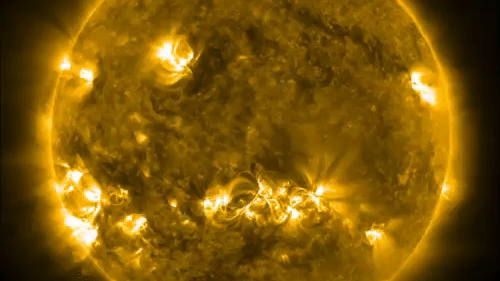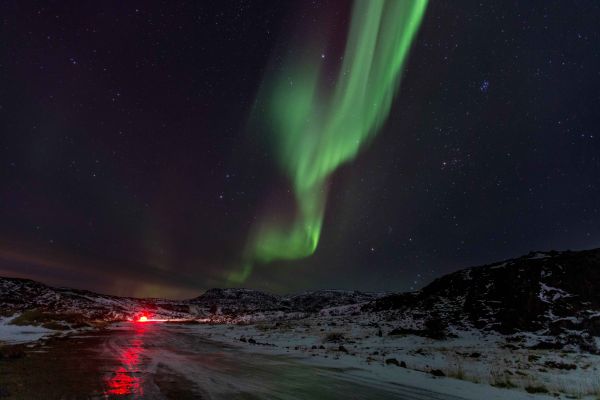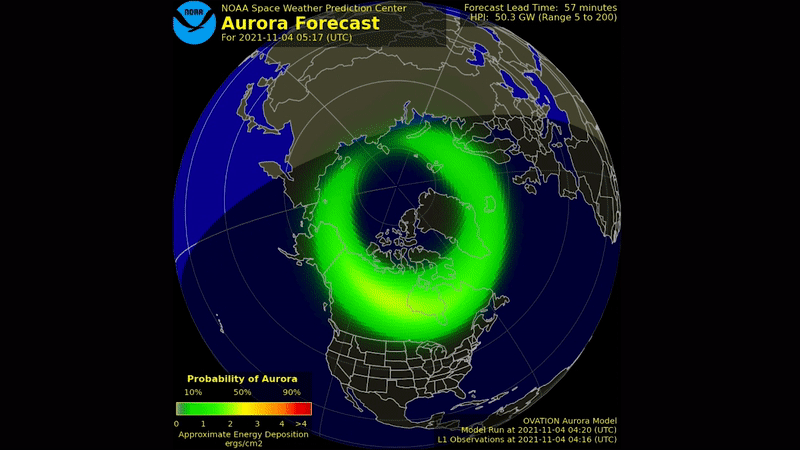When you purchase through links on our site , we may earn an affiliate commission . Here ’s how it works .
Today ’s weather prognosis on the sun cry for a high of 10,000 degrees Fahrenheit ( 5,500 degree Celsius ) , constantsupersonic wind , mystifying eruptions ofgiant lava - lamp - blobsand , oh yes , light rain . So , you know , take an umbrella .
As bizarre as it sound , rain on the sunis a relatively coarse occurrence . Unlike rainwater on Earth , where swimming water evaporates , condenses into cloud , then falls back down in droplets after growing sufficiently clayey , solar rain termination from the speedy heating plant and cooling of plasm ( the hot , excite gas that represent the sunlight ) .

Solar rain occurs when super-heated plasma rises up the sun’s looping magnetic field lines, then falls back to the surface. The discovery of a mysterious new structure on the sun may explain where all the rain is coming from.
Scientists bear to see igneous ring of plasma rain come up and fall along the sun’shuge , loop charismatic field linesafter the eructation of solar flares , which can wake the blood plasma at the sun ’s surface from a few thousand to nearly 2 million F ( 1.1 million C ) . Now , however , NASAscientists believe they ’ve discovered a totally new anatomical structure on the sun that may produce day - long rain storms , even without the intense heat of solar flare . [ Rainbow Album : The Many Colors of the Sun ]
" The repose with which these structures were identify and the absolute frequency of rain during all observation provides compelling support for the ending that this is a omnipresent phenomenon , " the writer wrote in the study .
Hunting for molten rain
The detection of these drizzly structures came as a surprisal to NASA researcher Emily Mason , who was flush the SDO footage for sign of pelting in massive structures called helmet streamers — 1 million - mi - marvelous ( 1.6 million km ) magnetic field loop topology refer after a knight ’s pointy headgear .
These streamer are clearly visibleleaping out of the Sunday ’s corona , or the outermost part of its atmosphere , during solar eclipse , and seemed as right a place as any to look for solar rain , the researchers wrote . However , Mason could n’t discover a shadow of falling plasm in any SDO footage of the pennon . What she did see were numerous bright , scurvy , mysterious structures that she and her team later identify as the RNTPs .
The relatively low altitude of the structures may be the most interesting vista of the upshot , the investigator wrote . contact a utmost of 30,000 nautical mile ( 50,000 km ) over the sun ’s surface , the RNTPs were only about 2 % as tall as the helmet streamers Mason and her squad were looking at . That mean that whatever process was stimulate the plasm to heat up and rise along the charismatic field of battle lines was occurring in a much narrow realm of the Lord’s Day ’s atmosphere than antecedently thought .

That intend the processes that drive these omnipresent fount could assist explain one of the enduring mysteries of the sun — why isthe sun ’s atmospherenearly 300 times hotter than its surface ?
" We still do n’t know incisively what ’s heating the Saint Elmo’s light , but we know it has to happen in this level , " Masonsaid in astatement .
primitively put out onLive skill .

















